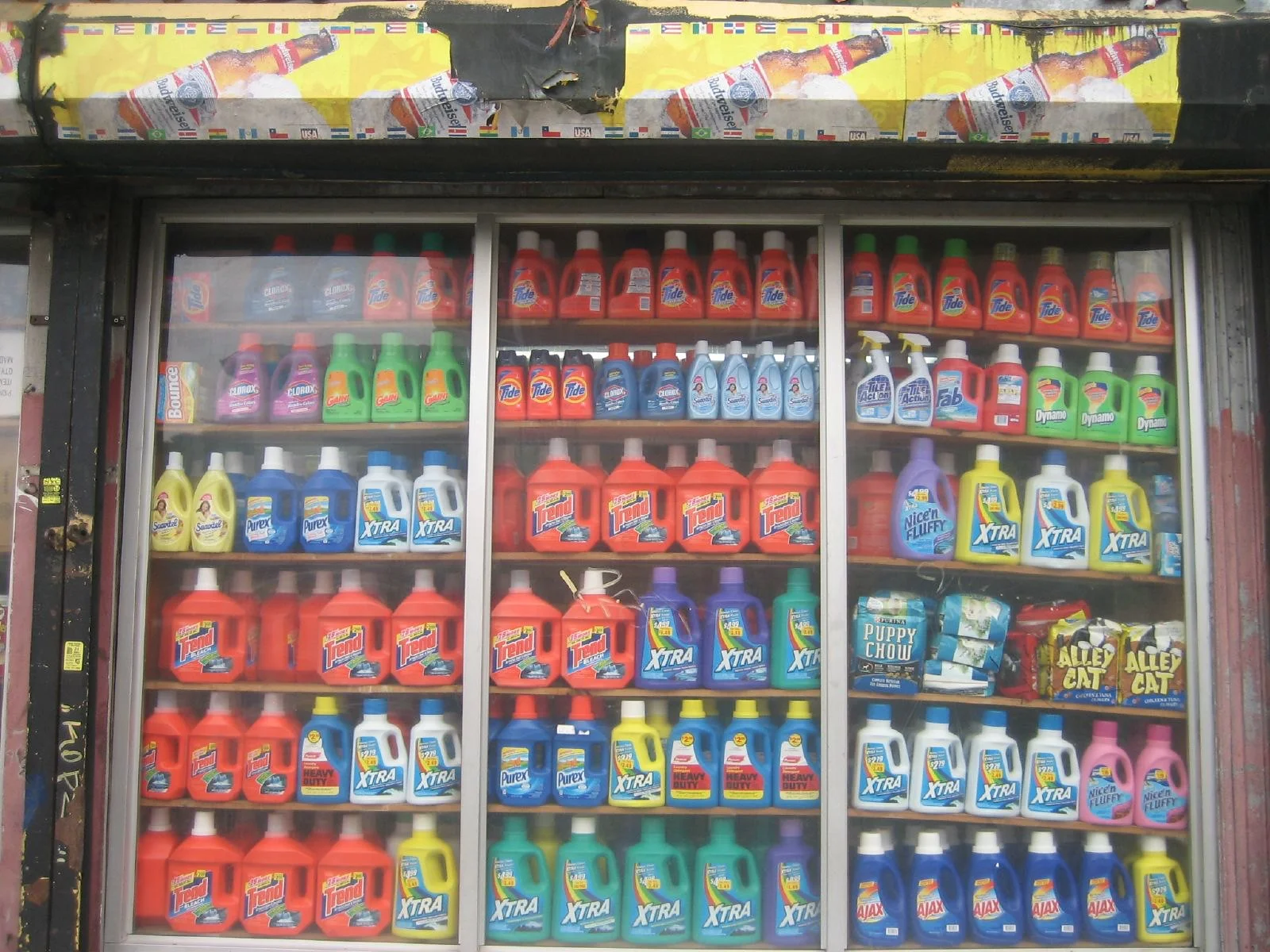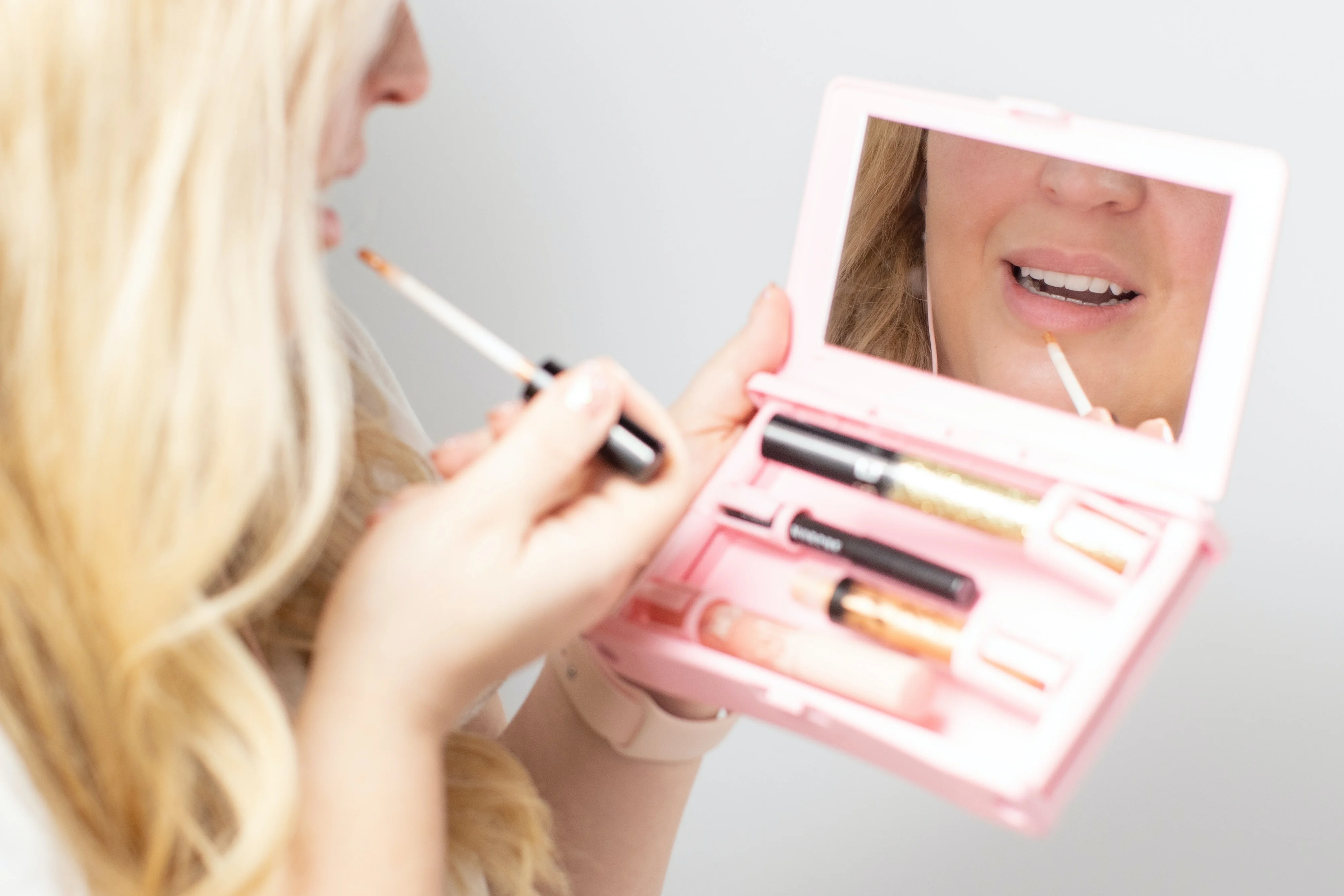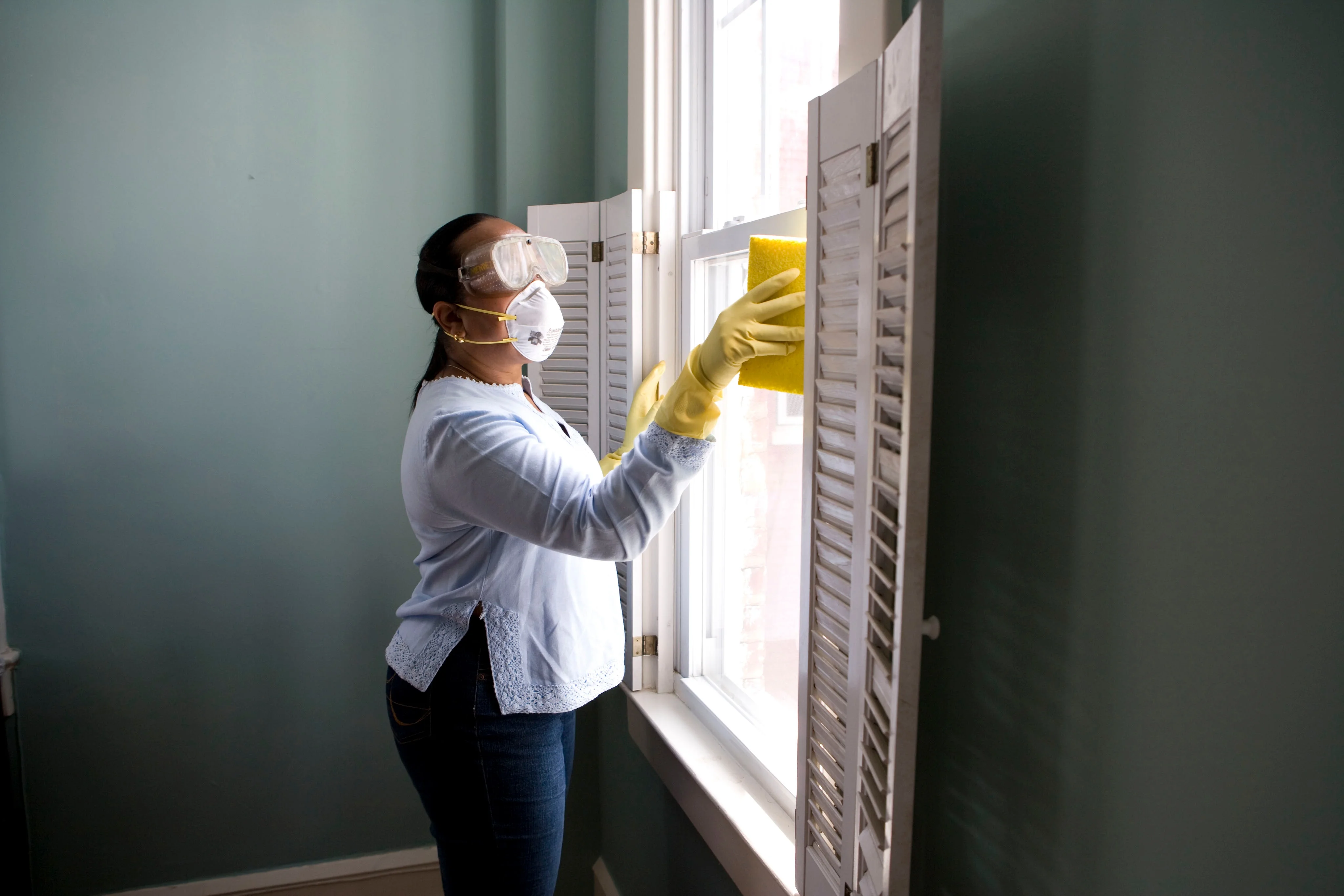Unless you have your own supply chain, it can be hard to know what’s in the household products that you use on a daily basis.
Many ingredient labels for cleaning supplies, processed foods, and beauty products are full of obscure scientific terms. Some ingredients are hidden behind vague phrases like “natural and artificial flavors” or “fragrances” and others aren’t disclosed to the public at all.
The chemicals within a container or wrapper are often not reported either.
This leaves the public operating on a precarious presumption of trust — if a product is being sold in a grocery or consumer goods store, then it must be safe, right? But that’s not always the case. Depending on the country, regulations around product safety and chemical exposure vary significantly. And even in the safest of places, many hazardous substances still make it onto the supermarket shelf.
In the European Union, for instance, companies have to first prove that a chemical is relatively safe before it can be used in a product. In the US, companies in certain sectors can incorporate chemicals into products with little oversight.
As a result, people are routinely exposed to tens of thousands of potentially dangerous chemicals that may be having adverse health effects as they accumulate in human cells and throughout human tissue. This is also a problem of environmental racism and poverty, as communities of color and people living in poverty are more likely to be exposed to chemical contaminants.
Not only that, these chemicals accumulate in bodies of water, soil, and the air. The saturation of chemicals in the natural world has created dead zones where most life is wiped out.
But it’s not all dire. There are many safe alternatives available if you make the effort to seek them out. You can also call on elected officials to enact stronger public safety measures so that avoiding toxic chemicals isn’t a maze for the average person to navigate.
Groups like the Environmental Working Group (EWG) have useful resources to help with this and various community groups around the world are organizing for stronger health and environmental standards.
Here are five common chemicals you should try to avoid, common products they can be found in, and some safe alternatives.
Phthalates

Phthalates (pronounced tha-layts) are widespread chemicals found in cleaning agents, beauty products, plastics, laundry detergents, and more. In many lotions, for instance, phthalates are used to increase absorption into the skin, meaning they dissolve directly into the body. They’re also used in pesticides to help chemicals attach to plants.
As phthalates gather in the body, they’ve been shown to disrupt the endocrine system, which distributes the hormones that help regulate the body, and harm the reproductive system. Similar disruptions have been observed in animals that ingest phthalates through environmental exposure.
The best way to minimize exposure to phthalates is to avoid plastic containers when possible, reheat food in glass rather than plastic, buy organic food that doesn’t use pesticides, and buy lotions and beauty products that use organic ingredients.
Pesticides, herbicides, and fungicides

The rise of industrial agriculture in the 20th century has led to the natural world being blanketed in chemical pesticides, herbicides, fungicides, and other toxic interventions.
Many of the most extreme pesticides, such as DDT, have been banned in most parts of the world, but similarly toxic chemicals are still widespread.
The most common “weedkiller” in the world, Round-Up, has been shown to be carcinogenic. The pesticide chlorpyrifos has been linked to cognitive impairment, yet it’s still used broadly. Neonicitinoids, meanwhile, have devastated bee populations, yet millions of pounds of this class of pesticide are sprayed on crops annually.
Pretty much all non-organic fruits and vegetables you find in the supermarket have been doused with some kind of pesticide. Even though they get washed, the pesticides get absorbed into the food itself. Because of a phenomenon called “pesticide drift,” when huge clouds of pesticide get pushed by the wind onto adjacent farms, even some organic foods get exposed to pesticides.
Pesticides are used to kill living organisms. It doesn’t take a rocket scientist to understand that they can also have adverse effects on the human body. Extensive research has shown pesticide exposure can cause numerous health consequences including cancer. Farmworkers, who are often underpaid laborers working in precarious conditions, are exposed to high amounts of pesticides.
The best way to avoid pesticide exposure is to buy organic foods and support organic agriculture. If you have a garden or lawn, use organic methods to control pests. In general, it’s better to err on the side of letting nature run its course rather than trying to control it with chemical interventions.
Personal care chemicals

The beauty industry has been called the “wild, wild west” for the anything-goes approach many companies seem to take when it comes to public safety.
While a few dozen countries have strong oversight for cosmetic and personal care brands, many others, including the US, India, and China, do not. The difference in approaches is stark — a pact of 40 countries has banned 1,400 chemicals suspected of being harmful to human health, while the US has banned just 11, according to the EWG.
EWG reports that there are 12 common chemicals that are particularly harmful in cosmetics products, while at least 595 brands have used 88 chemicals in 73,000 products that have been linked to cause cancer for more than a decade.
Avoiding harmful chemicals when shopping for beauty products, personal care items, and more, can be challenging. But many brands have recognized the growing resistance among the public to toxic products, and are phasing them out, with many companies actively promoting that their products don’t contain certain chemicals.
But since there are tens of thousands of brands out there, you have to do some research before becoming confident in the safety of a product. The EWG, fortunately, has a database where you can look up the relative safety of many products. You can also err on the side of buying products with natural, ethically sourced ingredients.
PFAS

This acronym is short for perfluoroalkyl and polyfluoroalkyl substances, a class of 4,700 chemicals. The Guardian reports that PFAS chemicals have so inundated the environment that PFOA — a chemical used to make non-stick pans — is found in the blood of 98% of Americans.
These chemicals are mostly used to make surfaces resistant to stains and stickiness. They’re found in frying pans, pizza boxes, food wrappers, furniture, and clothes. When they build up in the human body, PFAS have been linked to widespread health problems including disrupted regulatory systems, developmental issues in children, and cancer, according to the Centers for Disease Control
When products containing PFAS are thrown out, they can leach the chemicals into soil and waterways, where they linger for thousands of years, causing ongoing harm to wildlife.
There are certain products such as water-resistant clothing, fast food wrappers and microwavable popcorn bags, and hairspray that are likely to contain PFAS and should be avoided, according to Business Insider. The good news is that none of these products are essential — you can find PFAS-free rain gear, choose alternatives to fast food, make your own popcorn, and find organic alternatives to hair care products.
Flame retardants

Flame retardants have helped stop many fires. But they’re also incredibly toxic, according to the EWG.
Over the past several decades, flame retardant chemicals have been added to furniture, baby toys, electronics, car seats, curtains, and much more. As they’ve been more closely studied, they’ve been gradually removed from many products because they’ve been linked to cancer, hormone disruption, and developmental issues.
Flame retardants accumulate and linger in the environment and have been shown to cause harm to animals who unwittingly ingest them.
There are a few ways you can minimize flame retardant contant, according to the EWG. First, you can scan labels and then call the company of a product you’re considering to find out if it contains flame retardants. Next, you can remove flame retardants that accumulate in household dust by deep cleaning your home. Finally, discarding old foam products and replacing them with non-foam alternatives can cut down on flame retardant exposure.
You can join the Global Citizen Live campaign to defeat poverty and defend the planet by taking action here, and become part of a movement powered by citizens around the world who are taking action together with governments, corporations, and philanthropists to make change.
